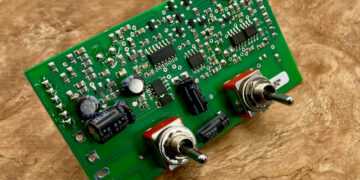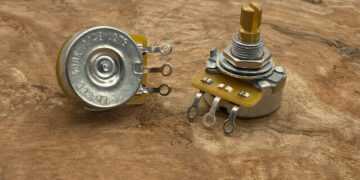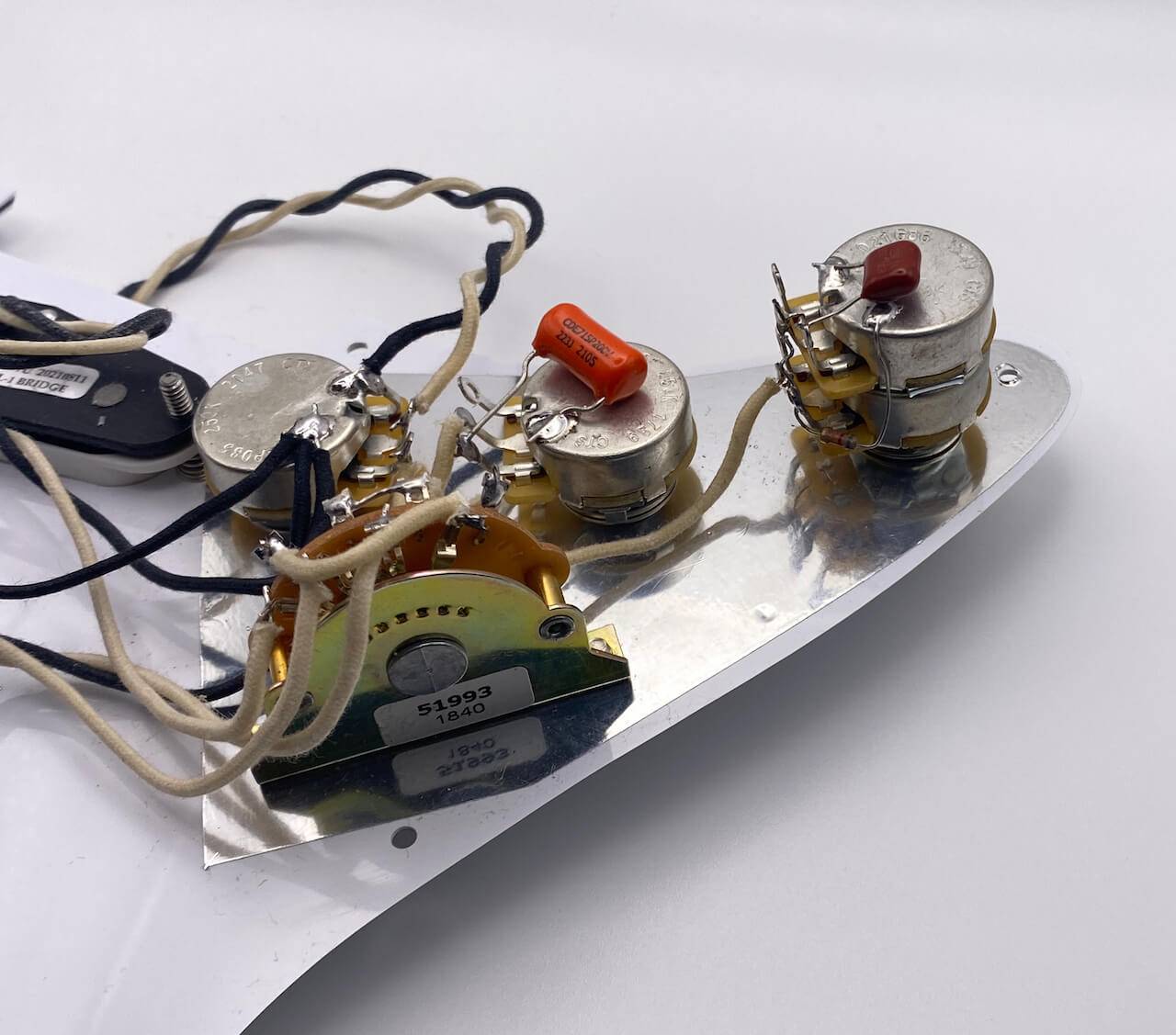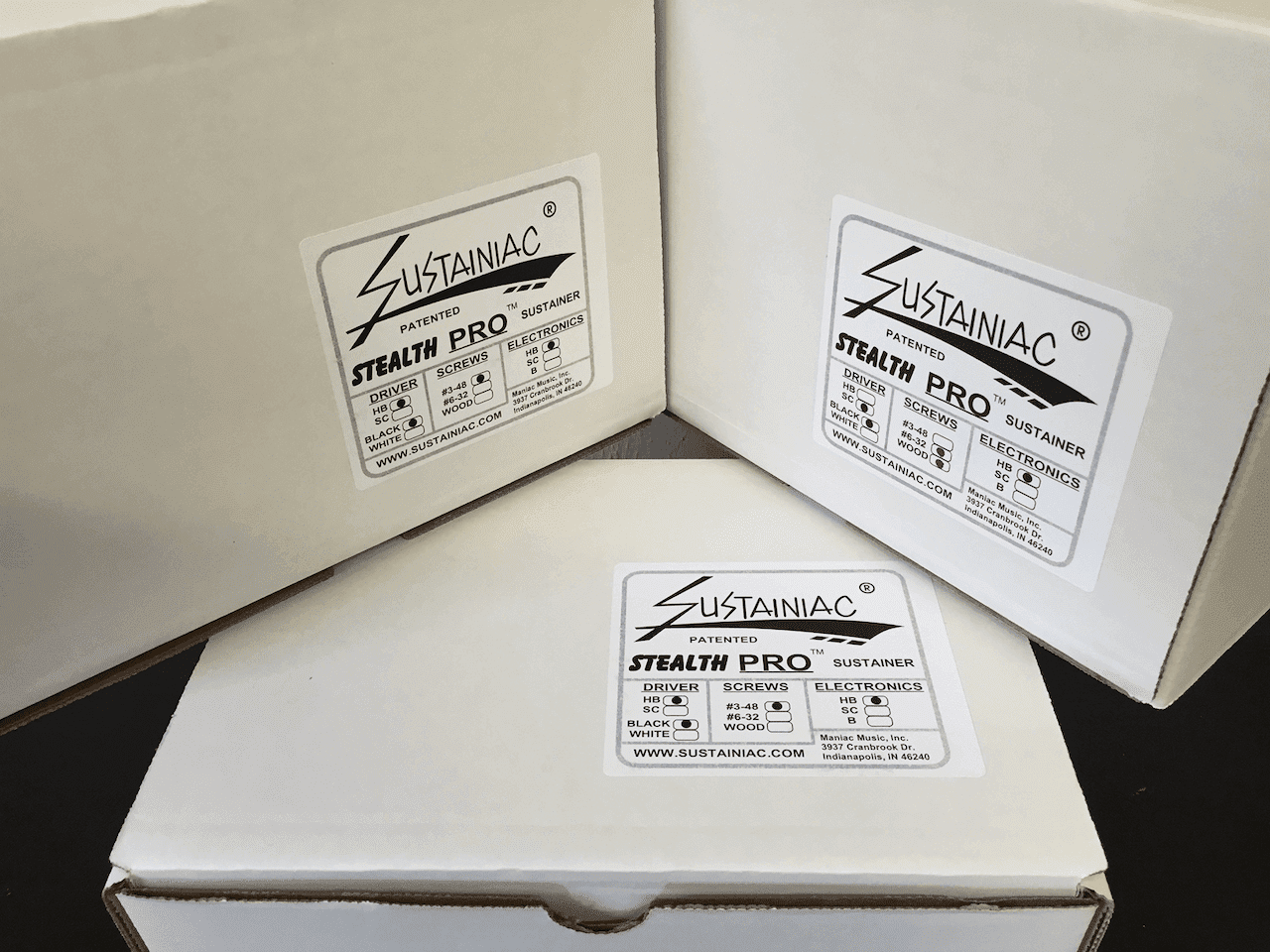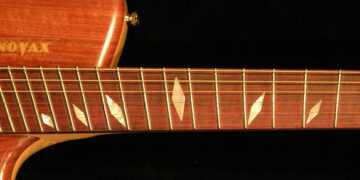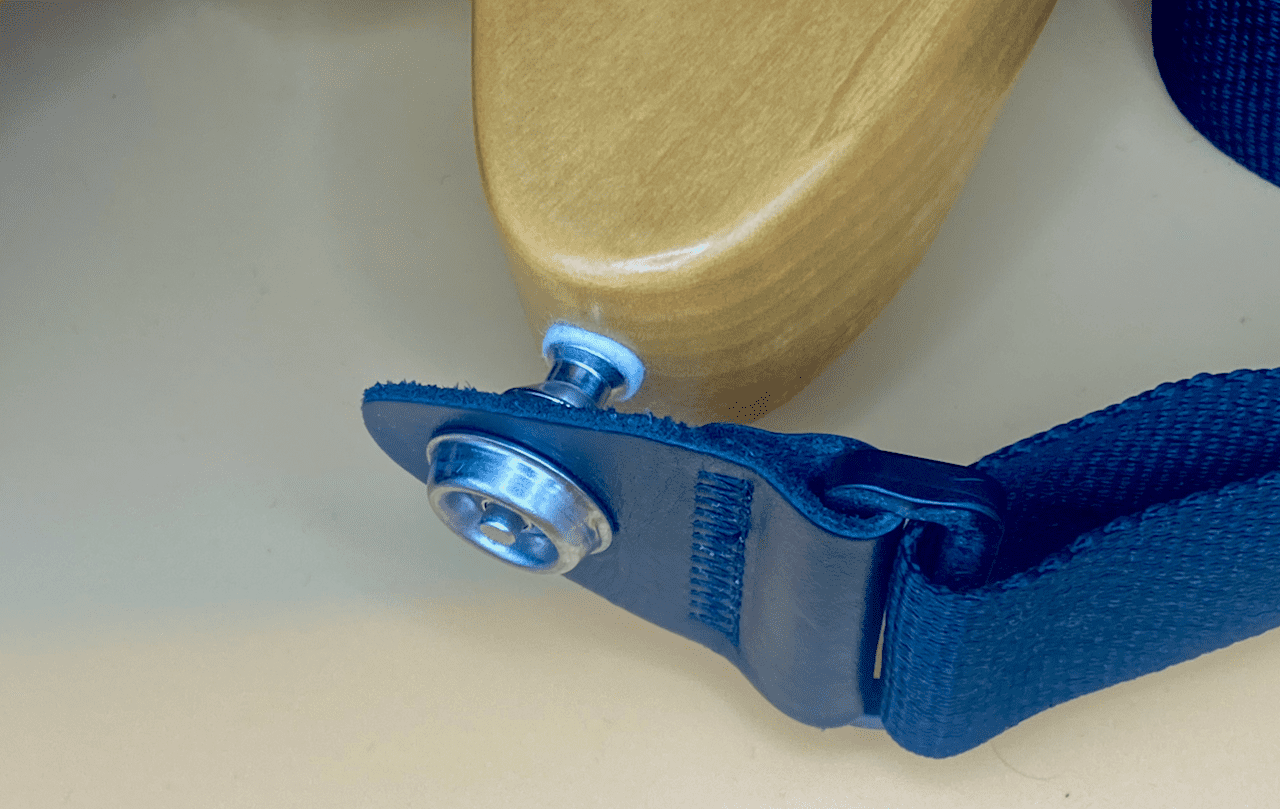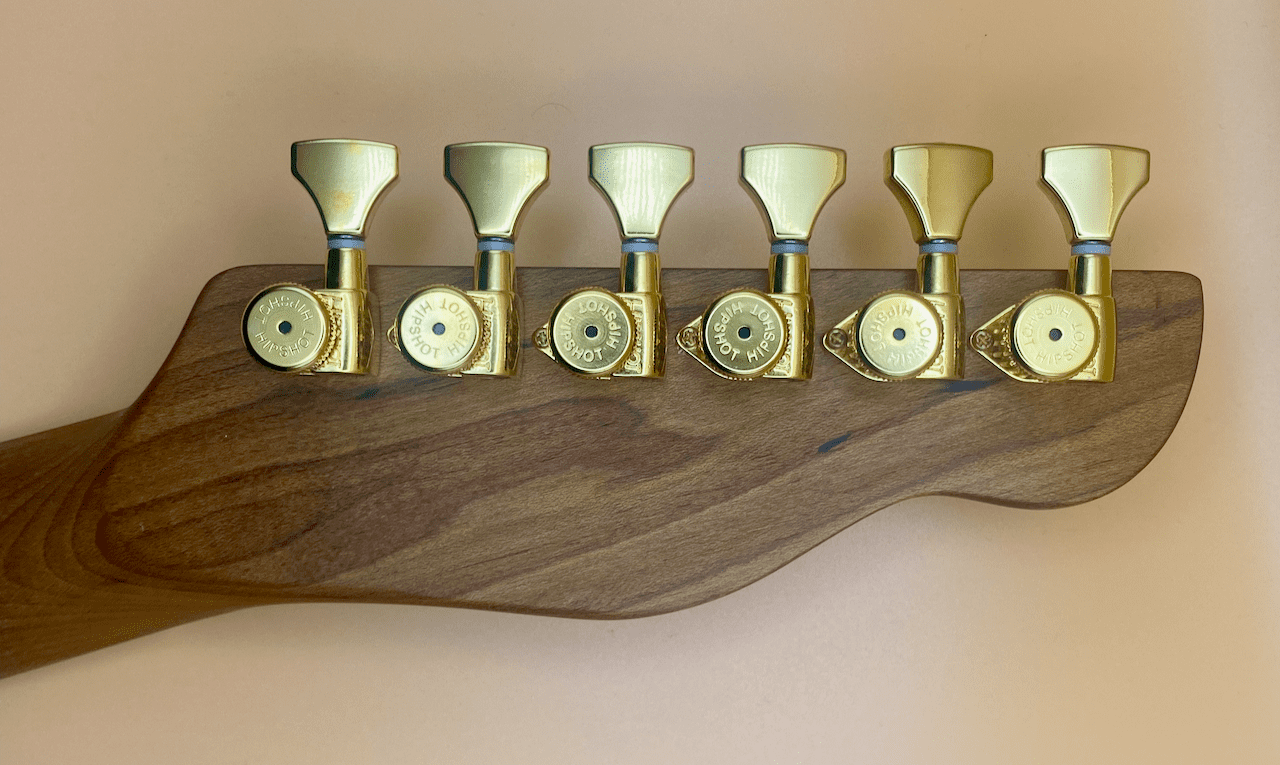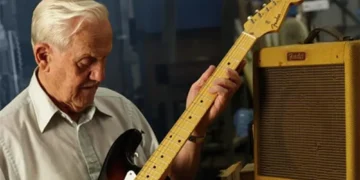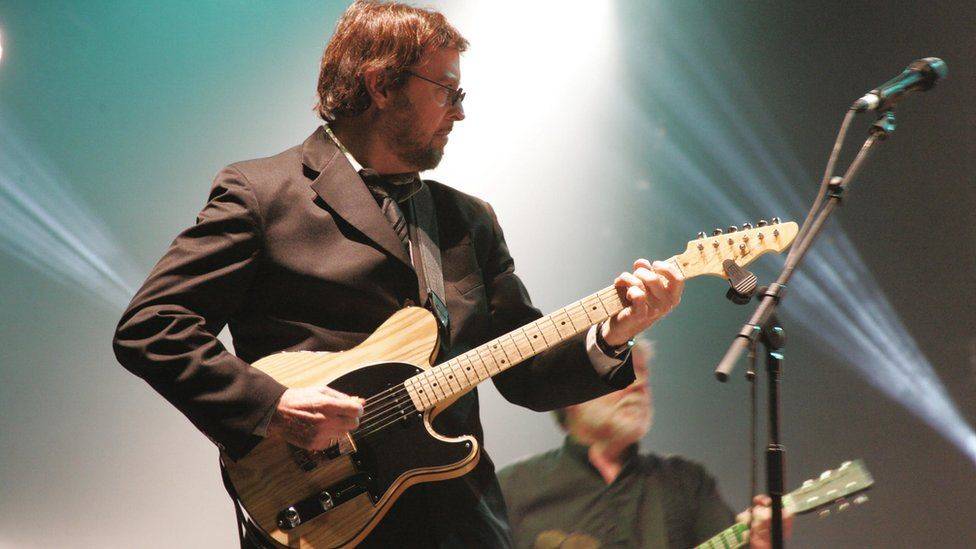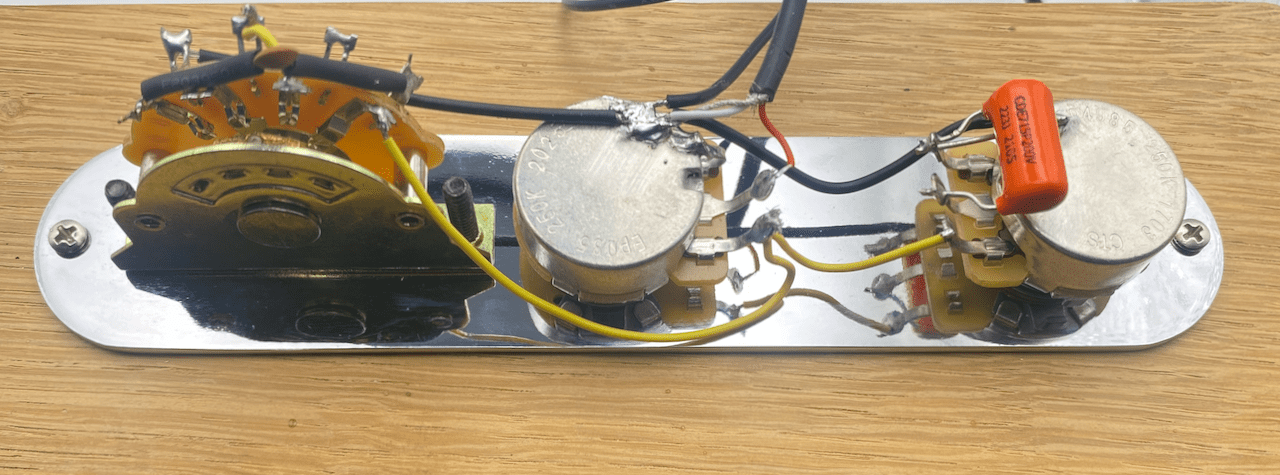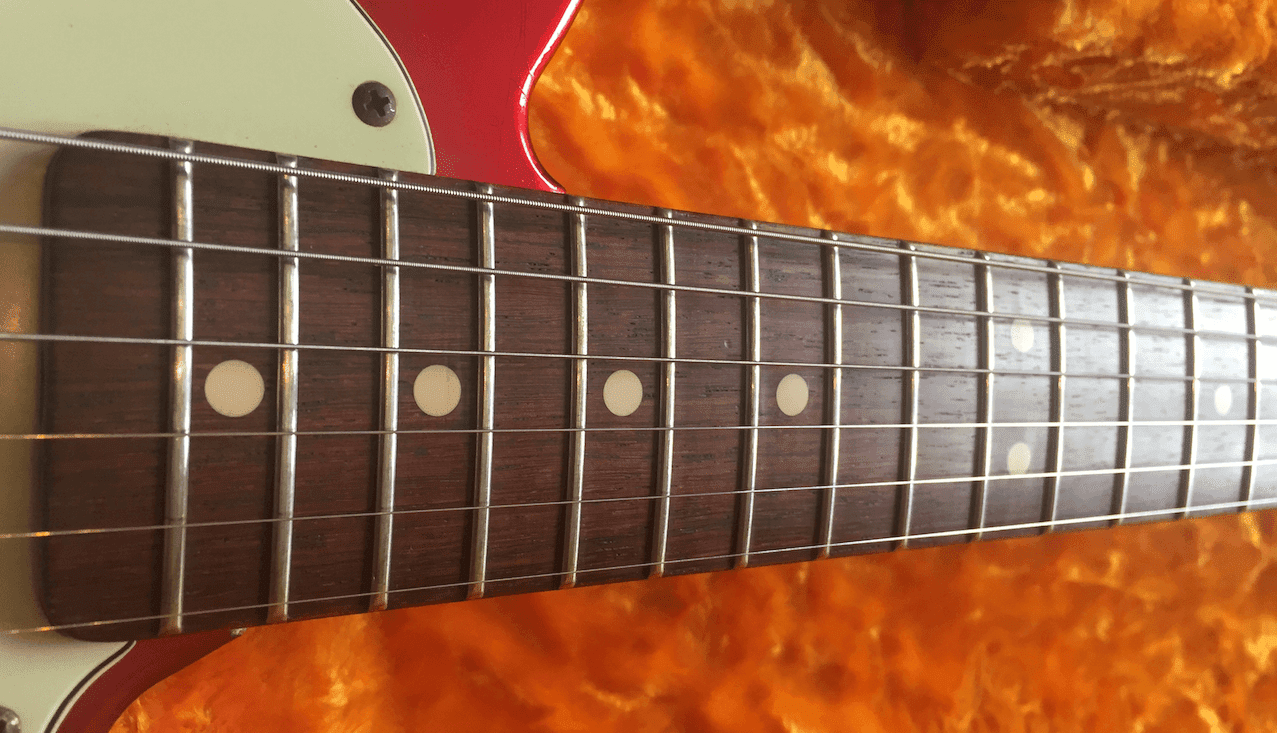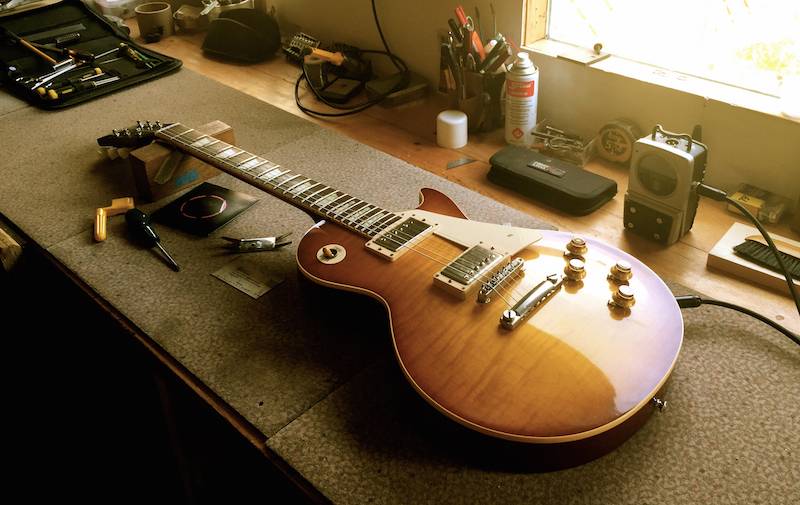If you’re a guitar player, you’ve probably heard of fan fret guitars. But what exactly are they, and why should you care?
In a nutshell, fan fret guitars are guitars that have frets that are set at an angle. This means that the frets get closer together as you move up the neck, which results in better intonation and playability.
How Do Fan Fret Guitars Work?
With a traditional guitar, the scale length is the same for all strings. But with a fan fret guitar, the scale length gets longer as you move up the neck. The way fan fret guitars work is by using a different scale length for each string. This is calculated by setting the higher thinner strings to one scale length and the lowest thickest string to a longer scale length. This means that the strings have more tension, which results in better intonation.
What Are the Benefits of Playing a Fan Fret Guitar?
There are several benefits to playing a fan fret guitar. Here are a few of the most notable:
- Better intonation. As we mentioned earlier, fan fret guitars have better intonation than traditional guitars. This means that the notes that you play will be in tune, even when you play complex chords or melodies.
- More comfortable to play. The angled frets on a fan fret guitar make it more comfortable to play, especially for extended periods of time. This is because the player’s fretting hand is actually in a more ergonomic position. You can prove this yourself. Hold out your fretting arm with your palm facing upwards as if you were holding a guitar neck. In a natural position, your fingers are at an angle. Your index finger is further away than your little finger. Now bring your hand down the imaginary neck of your guitar. Notice how your wrist rotates and your fingers change position. Your index finger is now closer to you than your little finger. A Fan fret guitar mirrors this motion while you play, which reduces the amount of finger and wrist fatigue.
- More versatile. Fan fret guitars are more versatile than traditional guitars because they can be used to play a wider range of music. This is because the different scale lengths allow you to get different tones and sounds. This is more apparent when you think of extended-range instruments. Guitars with 7, 8 or more strings are very difficult to physically play with traditional perpendicular frets. Fan fret guitars don’t suffer from this problem.
History of Fan Fret Guitars
The first fan fret guitars were invented in the early 1980s by Ralph Novak. Novak was a luthier who was looking for a way to improve the intonation of guitars. He experimented with different scale lengths and eventually came up with the idea of fan frets.
Novak’s fan fret guitars were met with mixed reactions from guitarists. Some people loved the improved intonation, while others found the angled frets to be uncomfortable. However, Novak’s guitars eventually gained popularity, and today many different companies make fan fret guitars.
You can read much more about Ralph Novak and how the concept of the “Fanned-Fret’ instrument design began on the Novax Guitars website.

Different Types of Fan Fret Guitars
At this point, it is worth mentioning that the term ‘fan fret’ is being used to cover a few different types of instruments. As you have hopefully read on the Novax Guitars website, the term “Fanned-Fret’ is the original. Anything else is just variations on a theme. With that in mind, there are many different types of fan fret guitars available on the market. Some of the most popular types include:
- Multi-scale guitars. Multi-scale guitars have different scale lengths for each string. This is the most common type of fan fret guitar.
- Variable scale guitars. Variable scale guitars have a scale length that changes as you move up the neck. This type of fan fret guitar is less common than multi-scale guitars. The best example of this is a guitar fitted with the True Temperament fretting system.
- Hybrid guitars. Hybrid guitars combine traditional frets with fan frets. This type of fan fret guitar is the least common.
Examples of Fan Fret Guitars
Now that the original patent has passed into the public domain, many of the world’s most well-known guitar manufacturers have made Fan fret guitars at some point in their history. Many keep a few models constantly in their catalogues. Sometimes the instruments are just a Fan fret variation of a standard model. Normally there is a 7 string variation as well. Other companies, such as Strandberg have specialised much more in producing many different models, all carrying Fan fret fretboards. There are many versions of their popular Boden model, with different numbers of strings, both hardtail and tremolo versions. Strandberg offer something different, in that they use different natural perpendicular points on their instruments. This can be anywhere from 0, where the zero fret at the nut is perpendicular, to the Chris Letchford signature model, the Boden CL7. These guitars have their natural perpendicular point at the 9th fret.
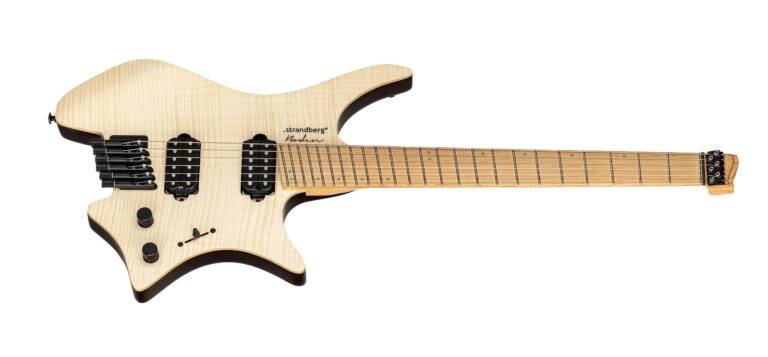
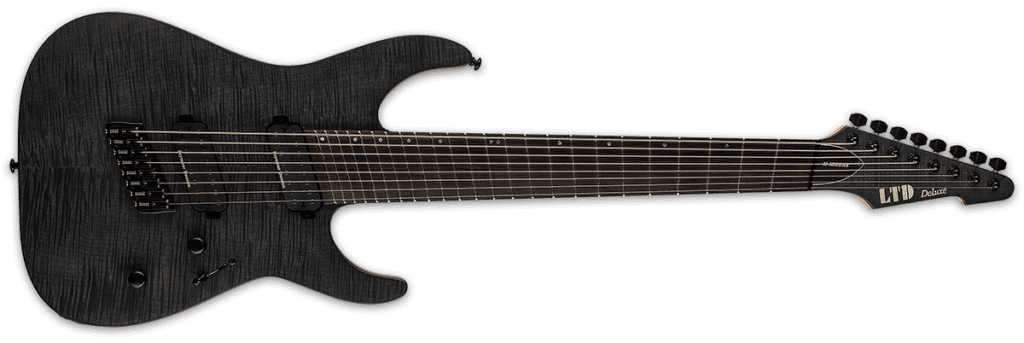
In the world of bass guitars, Dingwall and Ibanez are well known for making many fan fret bass models.


This is not just limited to electric guitars. A few acoustic guitar companies also make a fan fret model. Like their electric counterparts, these acoustic guitars are gaining popularity due to their wide versatility, improved intonation and playability. While normally a much more high-end instrument, they show very well that the concept of Fan fret is not limited to electric guitars.
For example, this is a Lowden Baritone Fan Fret model. Lowden increased the size of their original fan fret models to 710mm bass scale length and a 670mm treble scale length to give extra depth to the tone while still keeping the clarity and warmth of the Redwood top and African Blackwood sides and back.
Check out the specs of this beautiful guitar at the Lowden website.
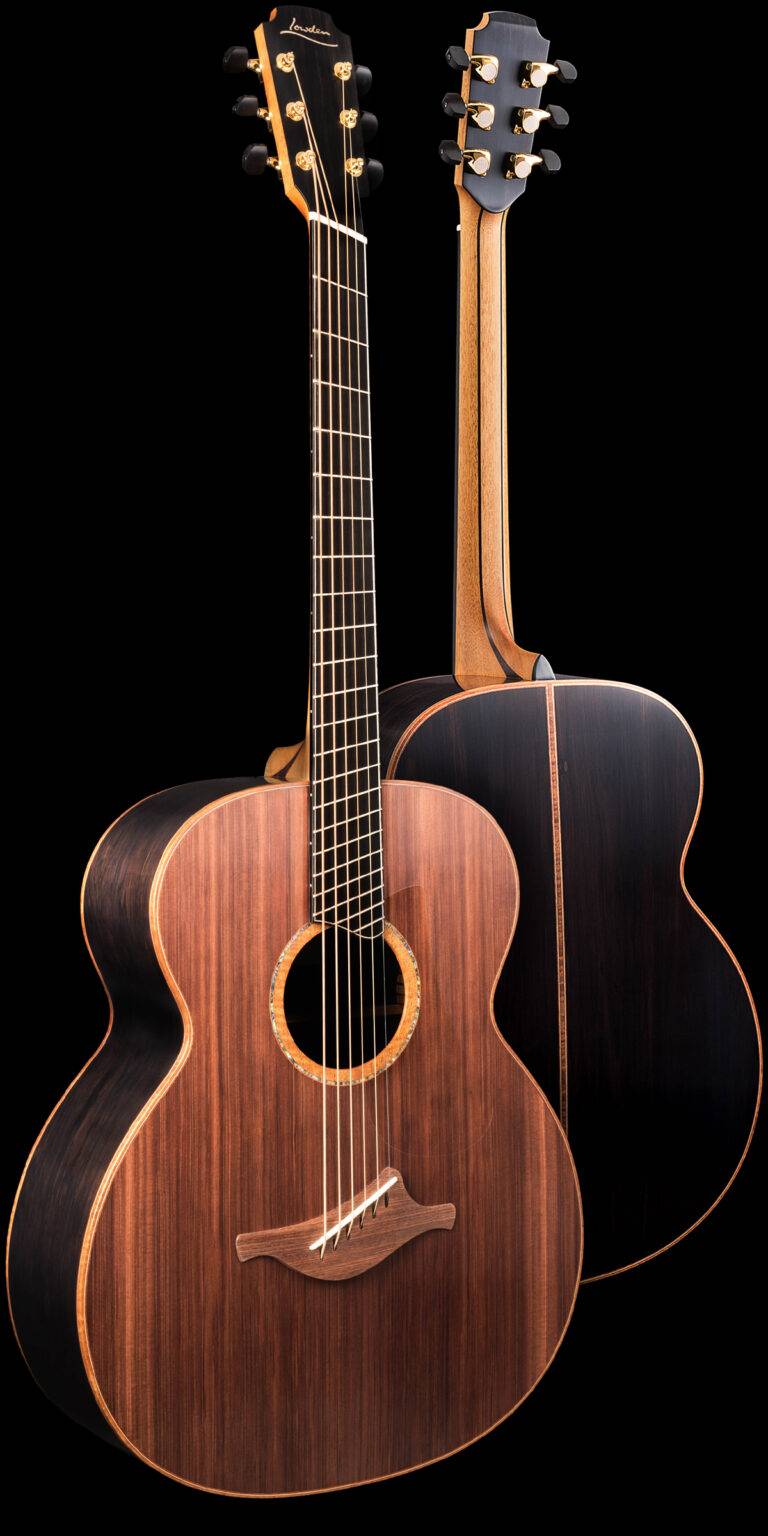
The Science
The calculations behind a Fan fret guitar can seem complicated at first but once you understand the basics it becomes a lot clearer. The way a guitar company or luthier designs a Fan fret guitar is to start with the scale length, or in this case two scale lengths. The end result of the design, including the style of the instrument, the genre of music and where the instrument would sonically ‘fit’ in the band all need to be planned out before the guitar design can be drawn up.
Let’s give you an example:
We’re going to design a 6 string guitar with a Fan fret layout. We would like it to be used for a wide range of music, so it will need to be close enough to a traditional perpendicular fretted guitar for musicians to be able to swap over easily. So let’s start with the scale lengths.
For the treble, high e side of the neck let’s go with a traditional 25.5” scale. For the bass, low E side, let’s go for a scale length that’s much closer to a baritone scale length, say 28”.
If you think about the shape of a fan in your head, it opens up from the middle position. The sections of the fan are closer together the nearer the pivot point you are. But one of these sections is vertically straight up from the pivot point. This concept is the same as the layout of a Fan fret guitar. One of these frets is going to be straight up. In other words, it will be perpendicular to the centreline of the fretboard. All the other frets will fan out from here. During the design phase, this perpendicular fret can be selected for almost any position you want (mathematically …) but ergonomics plays a part here too. The widely accepted ‘best’ place for the perpendicular fret to be is at the octave. So with our guitar design, we need to select the number of frets. Let’s go with 24.
We now have two scale lengths and our perpendicular fret position. At this point, there are a whole load of calculations to do to get the position of each of the 24 frets along both scale lengths. Many online fret calculators can do this job for you to make the job easier.

If you imagine two circles, one at 25.5” and one at 28”, laying on top of each other, sharing a central point. Now take a straight line from the central point to the outside edge of the 28” circle (this will be your perpendicular fret. Marked in blue). You can see the curve that the frets will follow. When this is overlayed onto your fretboard you can then start marking the fret positions for 25.5” on one side and 28” on the other.
This gives you two points to mark for each fret position. In this example, we’ve only shown the nut and last fret positions to keep things simple.
To be honest, this isn’t actually how you work the fret positions out, but it does give you a graphical idea of the geometry behind it.
When you have used a fret calculator correctly and worked out the actual positions of all of your frets, the result can be seen below. From the 12th fret, which is perpendicular to the centreline of the fretboard, the frets fan out all the way up and down the fretboard. You will also see that the nut position and the relative scale length position of the bridge are also fanned out from the same point.

The same process can be used for 7 or 8 string instruments, where the fan is even more noticeable and in some ways really takes advantage of this concept to make playing these instruments pretty natural. The fan fret construction method can also be found on 4 and 5 string basses.
Famous Musicians Who Play Fan Fret Guitars
A number of famous musicians play fan fret guitars. Some of the most notable include:
- Steve Vai
- Joe Satriani
- Tosin Abasi
- Marty Friedman
- John Petrucci
- Chris Litchford
Tips for Playing a Fan Fret Guitar
If you’re thinking about getting a fan fret guitar, there are a few things you should keep in mind. First, it’s important to practice with the guitar before you take it on stage. This will help you get used to the angled frets and adjust your fretting hand position to improve your accuracy with the new fret positions.
Second, you may need to adjust your string gauge when you switch to a fan fret guitar. This is because the different scale lengths will affect the tension of the strings. A thicker low end side will help with this a lot. Much like a 10-52 Ernie Ball Slinky set is fairly common with a player who tunes down a half step.
Finally, be patient. It may take some time to get used to playing a fan fret guitar. But once you do, you’ll be glad you made the switch.
Pros and Cons of Playing a Fan Fret Guitar
There are a number of pros and cons to playing a fan fret guitar. Here are a few of the most notable:
Pros
- Better intonation. Fan fret guitars have better intonation than traditional guitars. This means that the notes that you play will be in tune, even when you play complex chords or melodies.
- More comfortable to play. The angled frets on a fan fret guitar make it more comfortable to play, especially for extended periods of time. This is because of the rotation that your playing hand makes as you move from the nut down to the high frets. This reduces the amount of finger fatigue.
- More versatile. Fan fret guitars are more versatile than traditional guitars because they can be used to play a wider range of music. This is because the different scale lengths allow you to get different tones and sounds.
Cons
- More expensive. Fan fret guitars are typically more expensive than traditional guitars. This is because they are more difficult to make.
- Not as common. Fan fret guitars are not as common as traditional guitars. This can make it difficult to find a fan fret guitar that you like.
- Can be difficult to get used to. The angled frets on a fan fret guitar can take some time to get used to. If you are not used to playing a fan fret guitar, you may experience some finger pain at first.
Conclusion
Fan fret guitars are a new type of guitar that is gaining popularity among musicians. They offer a number of benefits, such as better intonation and playability. However, they are also more expensive and not as common as traditional guitars.
If you are considering getting a fan fret guitar, it is important to weigh the pros and cons carefully. If you are looking for a guitar with better intonation and playability, then a fan fret guitar may be a good option for you. However, if you are on a budget or you are not used to playing a fan fret guitar, then you may want to consider a traditional guitar.

